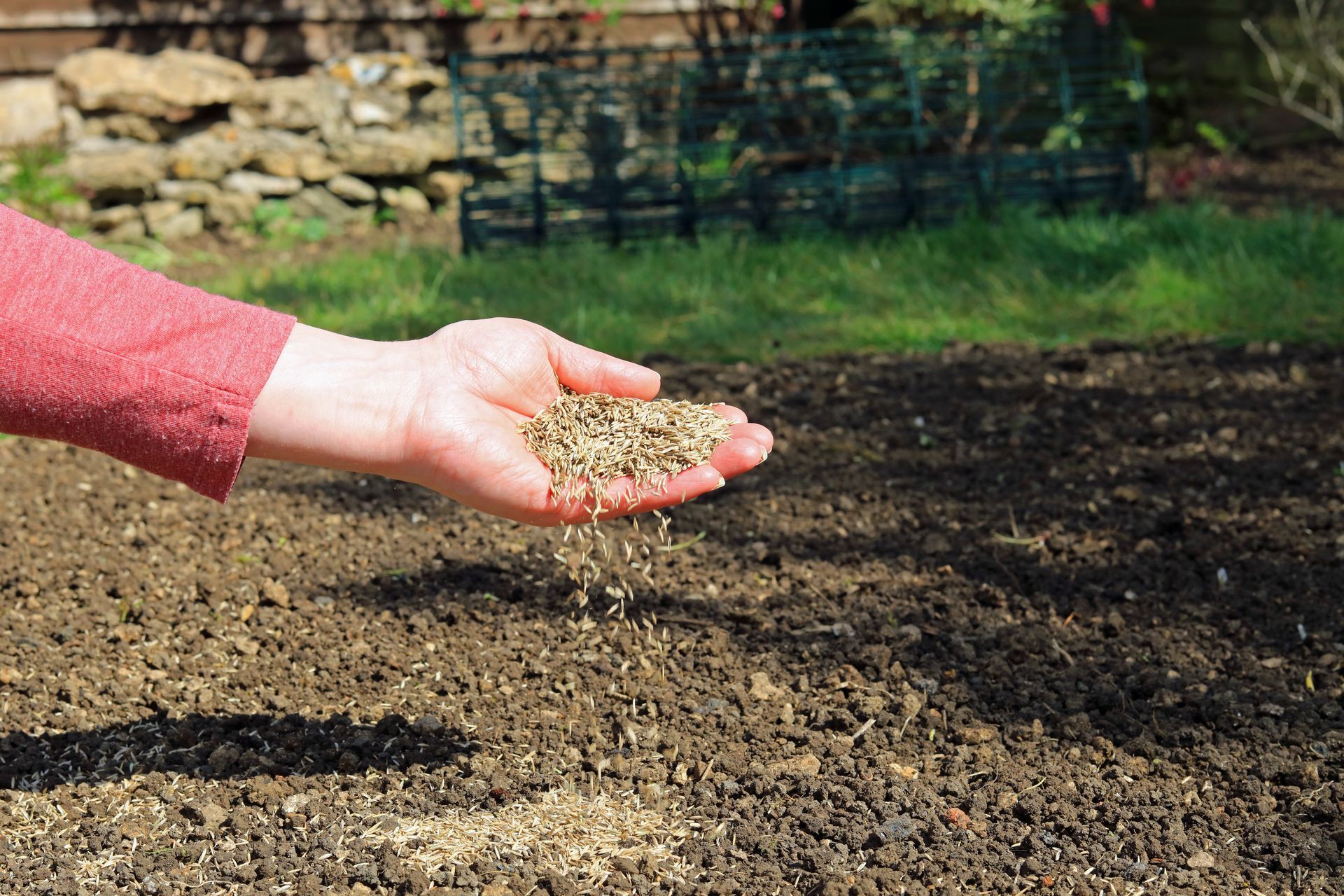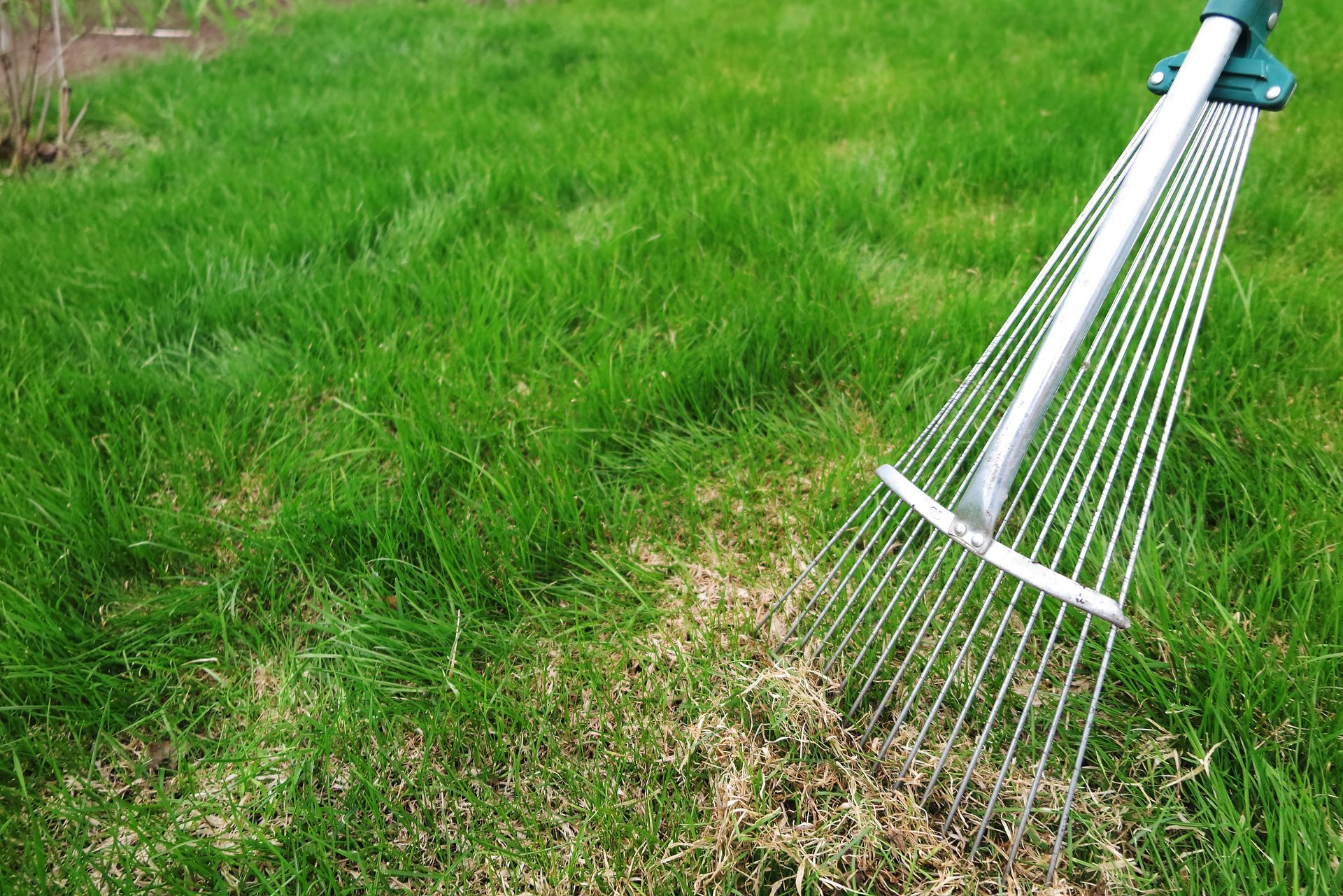January 17, 2025
How to Protect Your Michigan Lawn from Winter Damage
Michigan winters are known for their harsh conditions, including freezing temperatures, heavy snow, and ice. While these weather patterns may offer a scenic winter wonderland, they can also wreak havoc on your lawn if you’re not prepared. As a homeowner in Shelby Township or elsewhere in Michigan, protecting your lawn during the winter months is crucial for ensuring a healthy, lush lawn come springtime.
At Visionary Fertilization, we understand the unique challenges Michigan lawns face during the colder months. Below, we’ll cover the most effective ways to winterize and protect your lawn from winter damage.
1. Start with Fall Lawn Fertilization
Fertilizing your lawn in the fall is essential to provide your grass with the nutrients it needs to survive the winter. As the weather cools, grass roots are still active and able to absorb nutrients. Fertilizing your lawn in late fall (October to early November) will help strengthen grass roots and improve their winter hardiness.
Visionary Fertilization offers customized fertilization services to ensure that your lawn gets the right nutrients, tailored to the specific needs of your grass and soil in Shelby Township.
2. Aerate Your Lawn Before Winter
Aerating your lawn in the fall is a great way to promote healthy root growth and ensure that water, nutrients, and air reach the grassroots. When the ground is soft, aeration allows the roots to breathe, helping your lawn to better withstand the cold winter temperatures.
How does aeration protect your lawn from winter damage?
Aeration breaks up compacted soil, which is common in Michigan lawns, especially after heavy foot traffic or lawnmower use
during the warmer months. By reducing soil compaction, water can more easily penetrate the ground, helping to prevent snow mold and other issues that may arise during the winter.
3. Keep Your Lawn Free from Leaves and Debris
Raking leaves and removing debris from your lawn before winter sets in can prevent mold and mildew growth. Leaving leaves on your lawn traps moisture and creates a perfect breeding ground for disease, which can harm your grass over time. In addition, heavy leaf accumulation can block sunlight from reaching your grass, making it more susceptible to cold damage.
4. Avoid Overwatering in the Fall
As the temperatures drop, your lawn requires less water. Overwatering in the fall can cause the grass to become too soft and vulnerable to frost damage. Water your lawn moderately, ensuring it’s hydrated but not soggy. Proper watering helps grass roots to establish strong growth in preparation for winter.
5. Apply a Winter Fertilizer Treatment
Once temperatures have dropped and your lawn is entering dormancy, apply a winter fertilizer treatment to your lawn. A slow-release, high-potassium fertilizer is ideal for strengthening your grass before it goes dormant for the winter. Potassium helps grass survive freezing temperatures and strengthens its root system.
6. Trim Back Your Lawn’s Grass
Before the first snowfall, consider cutting back your lawn’s grass to an appropriate height. Cutting grass too short can expose it to frost and ice, increasing the chances of winter damage. On the other hand, leaving the grass too long can lead to the development of fungal diseases such as snow mold. Aim to leave your grass about 2.5 to 3 inches tall for the winter months.
7. Clear Walkways and Driveways
During Michigan’s snowy months, salt and ice melt can harm your lawn if they spill over onto it. To minimize the damage, shovel walkways and driveways promptly to prevent these chemicals from contacting your grass. If you need to use ice melt, choose a pet- and lawn-safe product.
8. Watch for Snow Mold and Other Winter Lawn Issues
Snow mold is a common problem for Michigan lawns. It develops when heavy snow sits on the lawn for extended periods, especially when combined with high humidity. Snow mold can damage grass and create unsightly patches in the spring.
One way to prevent this is by ensuring your lawn is healthy and fertilized in the fall. Additionally, regular aeration can help mitigate the chances of snow mold by promoting airflow to the grass.
9. Trust the Experts at Visionary Fertilization
Protecting your lawn from winter damage in Michigan can seem overwhelming, but with the right care and preparation, you can ensure that your lawn survives the harsh season and thrives when spring arrives. Visionary Fertilization offers professional lawn care services in Shelby Township, including fall fertilization, aeration, and other services designed to protect your lawn through the winter months.
Our team of experts will work with you to create a custom winter lawn care plan that ensures your grass is ready to face the elements and return to its vibrant, green self in the spring.
Schedule Your Winter Lawn Care Today!
Don’t let Michigan’s tough winter take a toll on your lawn.
Contact Visionary Fertilization for expert lawn care services in Shelby Township, MI. We’ll help you protect your lawn from winter damage and set it up for a successful spring recovery.




